Next Lesson - Production and Circulation of CSF and Related Disorders
Abstract
- The development of the nervous system begins in the 3rd week and takes the longest to complete.
- The nervous system is formed from the neural tube, which itself it formed through the process of neurulation. There are a wide variety of defects that stem from the incomplete or incorrect formation of the neural tube.
- The components of the neural tube dictate the patterning of the motor and sensory areas in the body, and also the formation of the white and grey matter in the brain.
- There are a wide variety of components that make up the nervous system, these include – spinal cord, the 5 anatomical divisions of the brain, ventricles and flexures.
- Neural crest cells that originate from the neuroectoderm differentiate into a wide variety of cells that migrate all over the body.
Core
The central nervous system (CNS) is one of the first body systems to begin development and the last one to complete it (continuing after the birth of the baby). Due to the length of time taken, it is the system most susceptible to injury during the pre-natal period (the pregnancy).
The nervous system begins to develop in the 3rd week following fertilisation and is formed from the ectoderm layer of the trilaminar disc. A process called neurulation forms the basis of the central nervous system. It begins by the ectodermal layer of the embryo specialising to form neuroectoderm (induced by a structure formed from mesoderm called the notochord) and this forms the neural plate along the dorsum of the trilaminar disc. The border of this neural plate goes on to form neural crest cells, which will be covered later in this article. By week four of development, a groove forms within the neural plate and causes it to fold in on itself, before separating off into the neural tube (see Diagram 1).
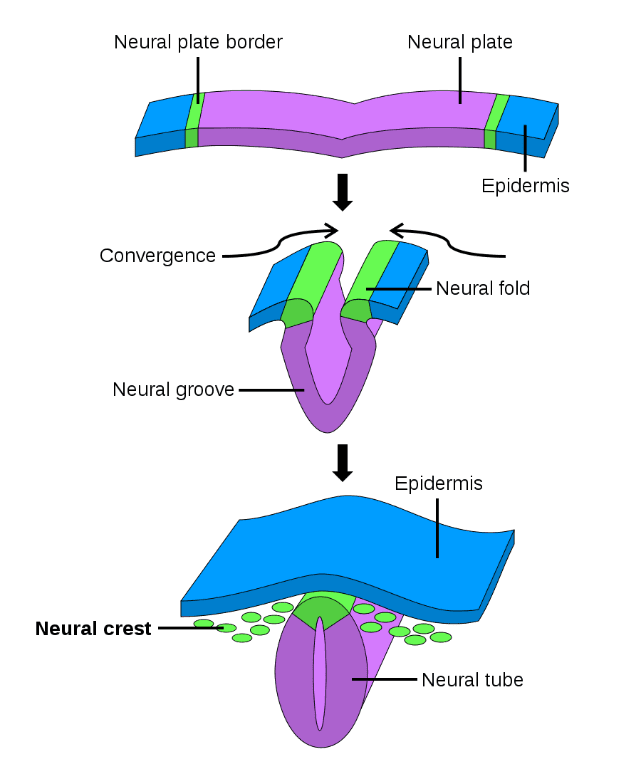
Diagram 1 - Neurulation. This process involves the formation of the neural tube and neural crest cells from neuroectoderm
Public Domain Source by NikNaks [Public domain]
The closure of the neural tube takes approximately 10 days to complete (day 18–28/32), and it runs from the middle of the embryo to either end (folding is dependent on diffusion limited signals from the notochord, leading to nearby cells being affected first). Neuropores (cranial and caudal) are the openings in the neural tube that remain on either end before the fusion.
Neural tube defects arise from the failure of either neuropore to completely close. This can be detected before birth by a raised maternal serum α-fetoprotein which would normally be contained within the fetal body (but is unspecific as the marker can be raised due to defects in other systems). Although there are multiple causes of neural tube defects, taking folic acid 3 months before conception and during the first trimester has been proven to reduce the incidence of neural tube defects drastically.
This results from the failure of the cranial neuropore to close and leads to the failure to form of vital cranial structures – like the brain or skull. This defect is typically incompatible with life and will commonly lead to miscarriage or stillbirth.
This is due to the failure of the caudal neuropore to close and is most common in the lumbosacral region, but can occur anywhere. It causes an incomplete closure of the vertebrae and can lead to the protrusion of the spinal cord out of the spinal column. Babies born with spina bifida nearly always have hydrocephalus (a build-up of fluid around the brain), and this can cause cognitive delay. There are multiple types of spina bifida and the severity ranges from mild to life-threatening.
- Spina bifida occulta is the mildest form, where there is an opening in the vertebrae but there is no protrusion through it, meaning that the spinal cord itself is not at high risk. This generally doesn’t cause any issues and finding is usually incidental.
- Meningocele occurs when only meninges and cerebrospinal fluid protrudes through the vertebral column but the spinal cord remains in place. This means that the meninges could be damaged, but the spinal cord should generally be unaffected.
- Myelomeningocele is the most severe form and is the protrusion of the spinal cord and meninges through the opening in the vertebrae. This is the most dangerous form of spina bifida, because the spinal cord is at risk.
This is the failure of the neural plates to elevate during neurulation, and therefore no formation of the central nervous system is initiated. This defect is typically incompatible with life.
Formation of the Nervous System
The formation of the central nervous system is incredibly complex, and consists of multiple components that all work in unison (see Diagram 2).
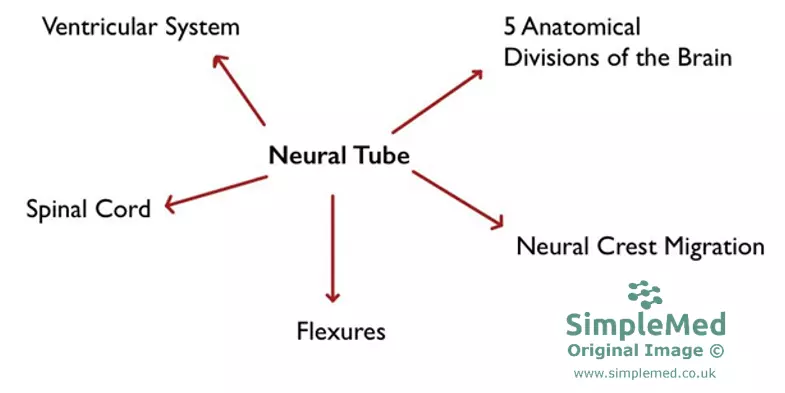
Diagram 2 - The different components that make up the CNS
SimpleMed original by Keertana Anne
Patterning and Organisation of the Neural Tube
The wall of the neural tube is made up of neuroepithelial cells and these differentiate into neuroblast cells to form the mantle layer (grey matter). Nerve fibres emerge from the grey matter to form the marginal layer (white matter). The ventral part of the mantle layer is called the basal plate while the dorsal part is called the alar plate, which form the motor and sensory areas respectively.
The patterning of the dorsal and ventral areas is regulated by the roof and floor plates of the neural tubes, and is formed differently along the length of the neural tube (see Diagram 3 for the patterning in the spinal cord).
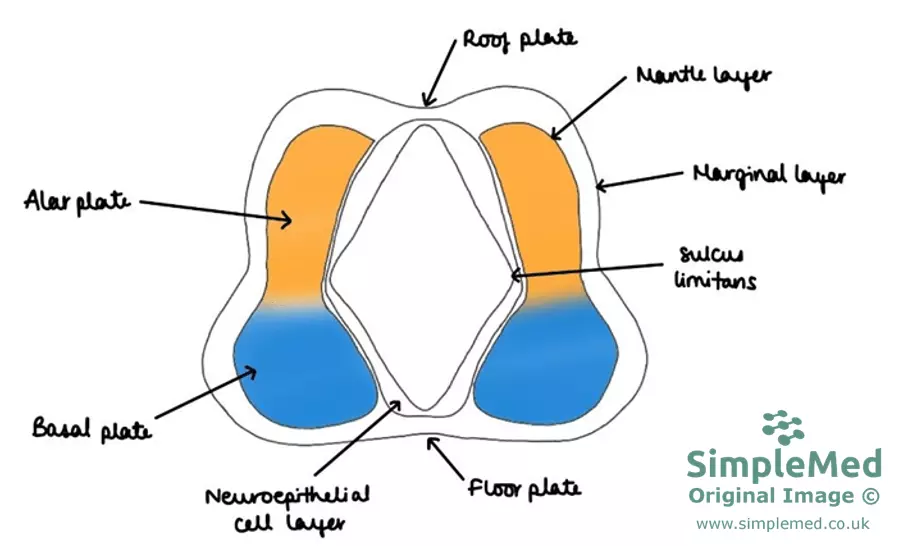
Diagram 3 - Cross-section of the neural tube in the spinal cord during development
SimpleMed original by Keertana Anne
The ventricles of the brain are a set of 4 connected spaces where cerebrospinal fluid (CSF) is produced by the choroid plexuses (refer to our article on the production and circulation of CSF for more information). They are formed from the lumen of the neural tube (see Diagrams 4 and 5).
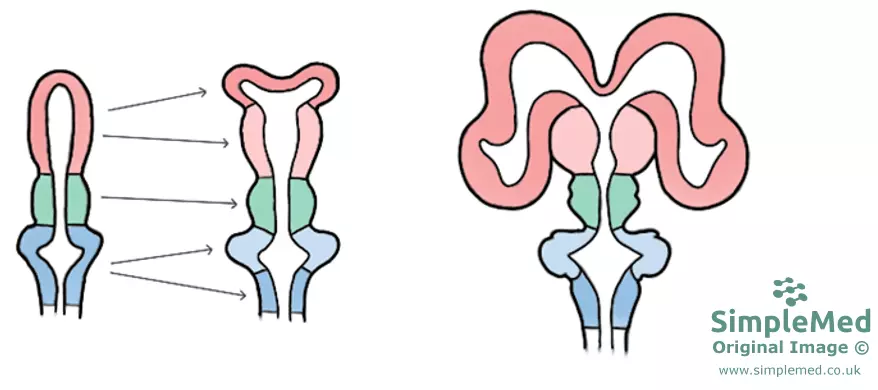
Diagram 4 - The formation of the ventricles from the lumen of the neural tube. The diagram also shows the development of the anatomical divisions of the brain
SimpleMed original by Keertana Anne
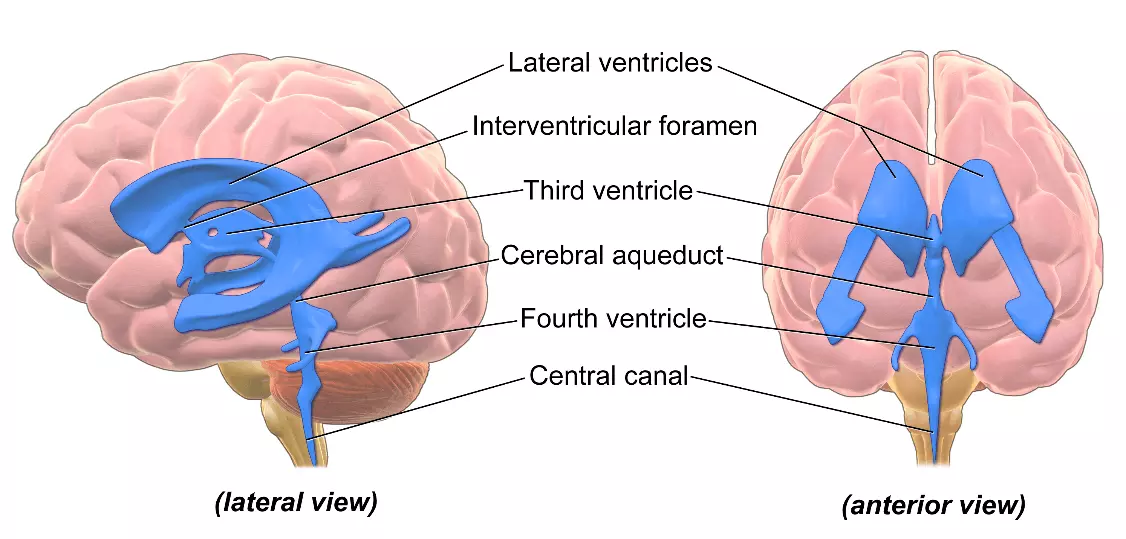
Diagram 5 - The lie of the ventricular system in the brain
Creative commons source by BruceBlaus [CC BY-SA 4.0 (https://creativecommons.org/licenses/by-sa/4.0)]
The spinal cord in the body is formed from the majority of the neural tube. The elongation of the spinal cord takes place in tandem with the growth of the vertebral column until the third month (at which point they are the same length). However, after the third month the vertebral column grows faster with the growth of the cord stopping at around the level of L1 or L2. So in order for the spinal roots to still exit at the same intervertebral column, only the roots of the spinal nerves must elongate. The elongated roots form the cauda equina. (See Diagram 6).
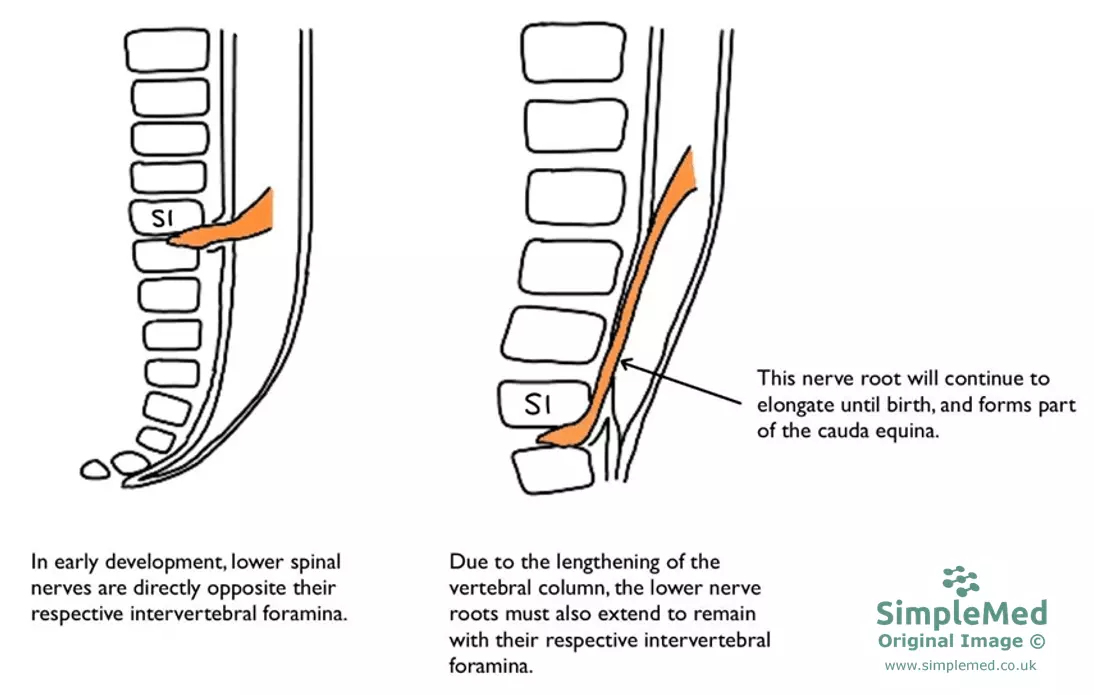
Diagram 6 - Elongation of nerve roots in the spinal cord
SimpleMed original by Keertana Anne
The formation of the brain happens in two stages. This begins during neural fold formation, where three primary areas can be distinguished:
- The forebrain – the prosencephalon
- The midbrain – the mesencephalon
- The hindbrain – the rhombencephalon
After the closure of the neural tube, these become the primary brain vesicles. These form secondary brain vesicles at 5 weeks of development (see Diagram 7).
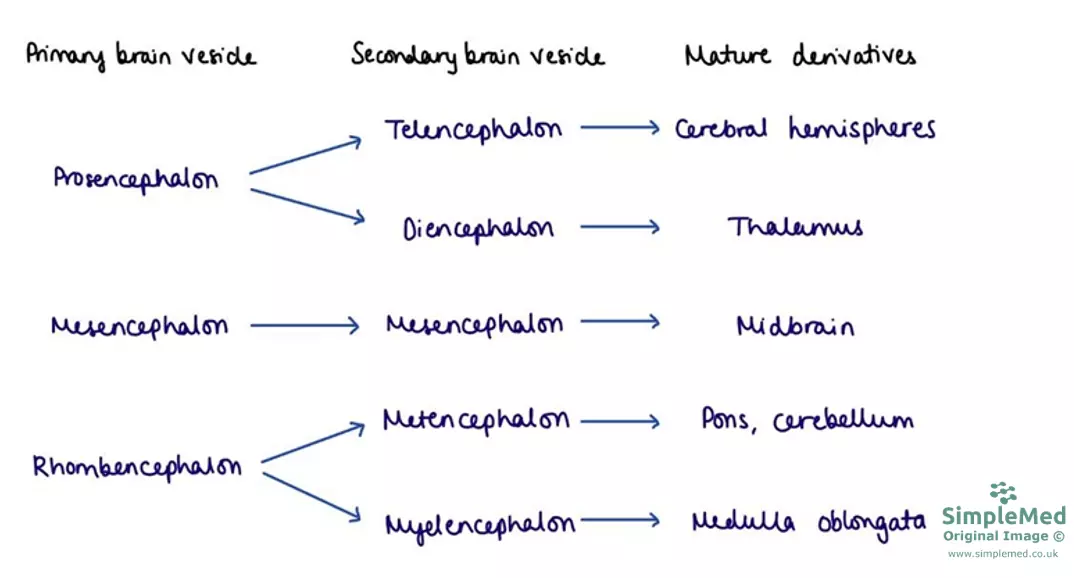
Diagram 7 - The stages of the anatomical divisions of the brain and their mature derivatives
SimpleMed original by Keertana Anne
The growth of the cranial neural tube exceeds the space available, and this limitation causes the brain to fold up forming flexures (see Diagram 8). The two flexures formed are called the cephalic (in the midbrain region) and cervical (between the hindbrain and spinal cord) flexures.
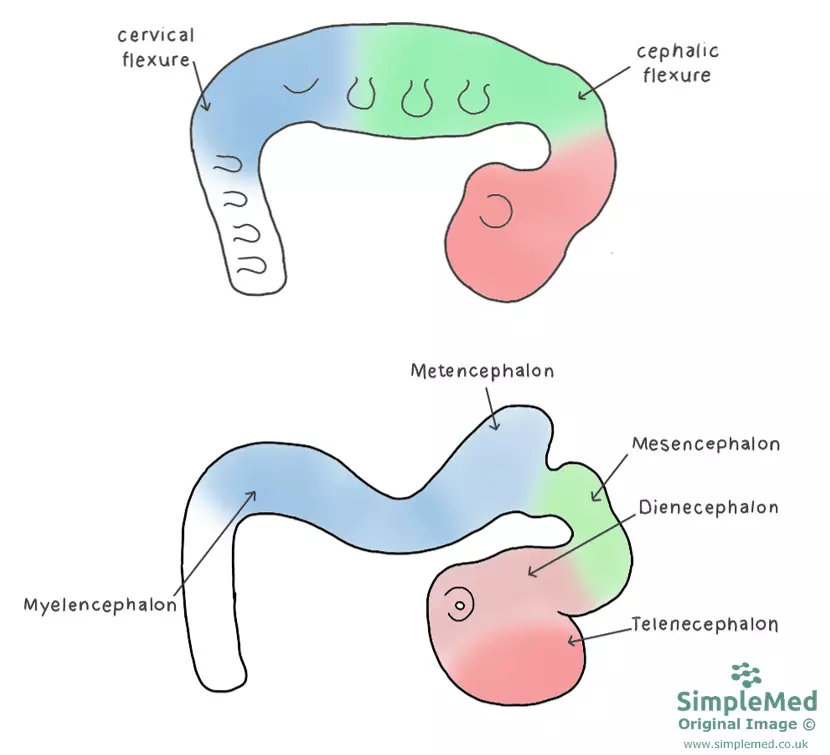
Diagram 8 - Flexures of the brain in relation to the primary and secondary brain vesicles
SimpleMed original by Keertana Anne
Neural crest cells are formed from the lateral border of the neural plate (see Diagram 1) and go on to migrate to the rest of the body and form a diverse population of cells (see Table 1).
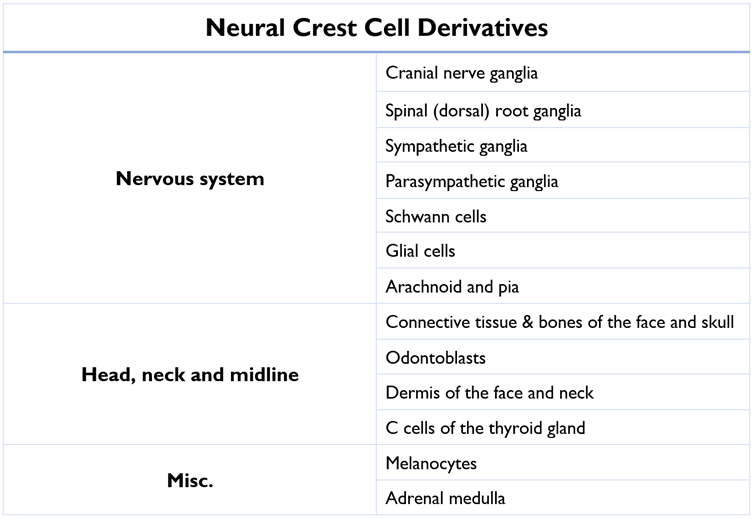
Table 1 - Derivatives of neural crest cells
SimpleMed original by Keertana Anne
This migration and specialisation can be vulnerable to both genetic and environmental insult. The defects can either be specific to a certain line of cells but can also affect multiple components, resulting in neurocristopathies such as DiGeorge syndrome or Treacher Collins syndrome.
Reviewed by: Dr Thomas Burnell
Edited by: Dr Maddie Swannack
- 5647

